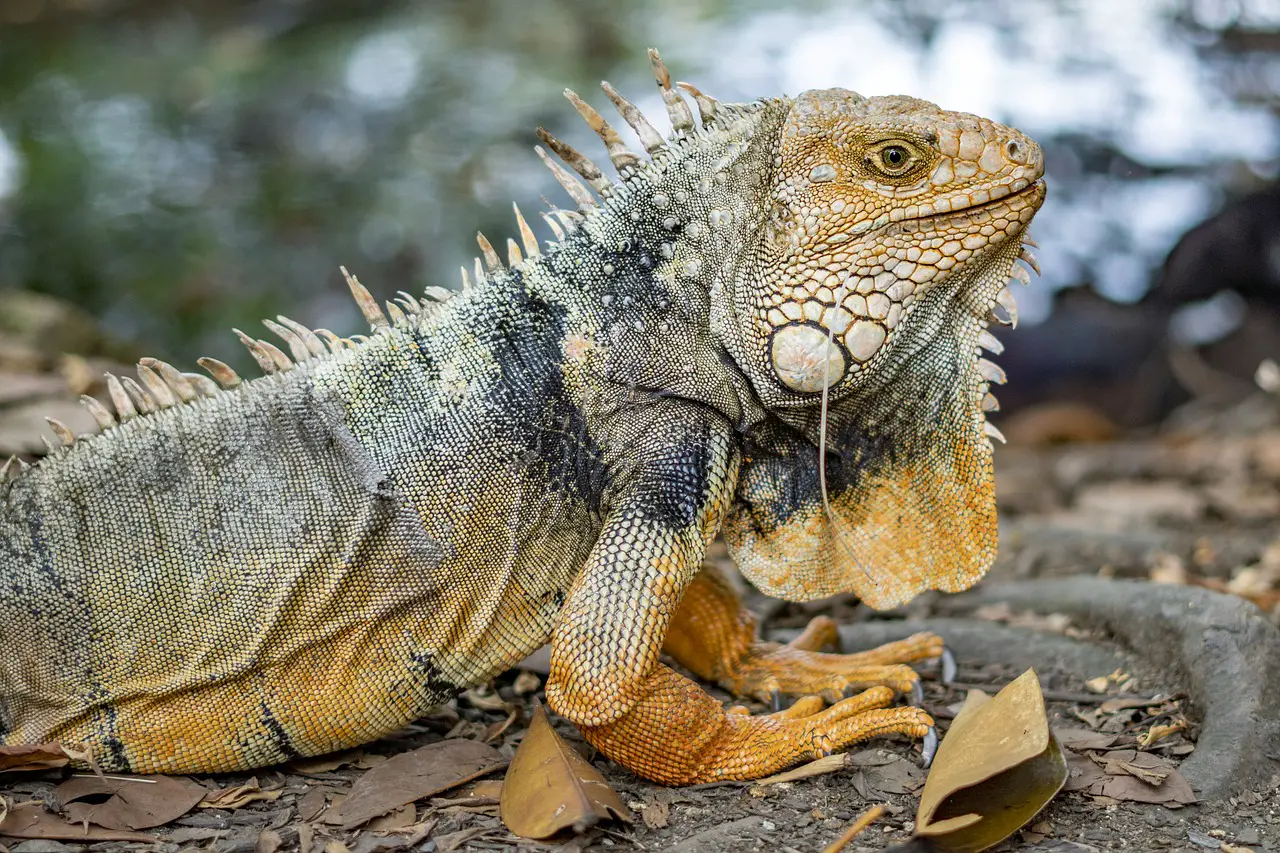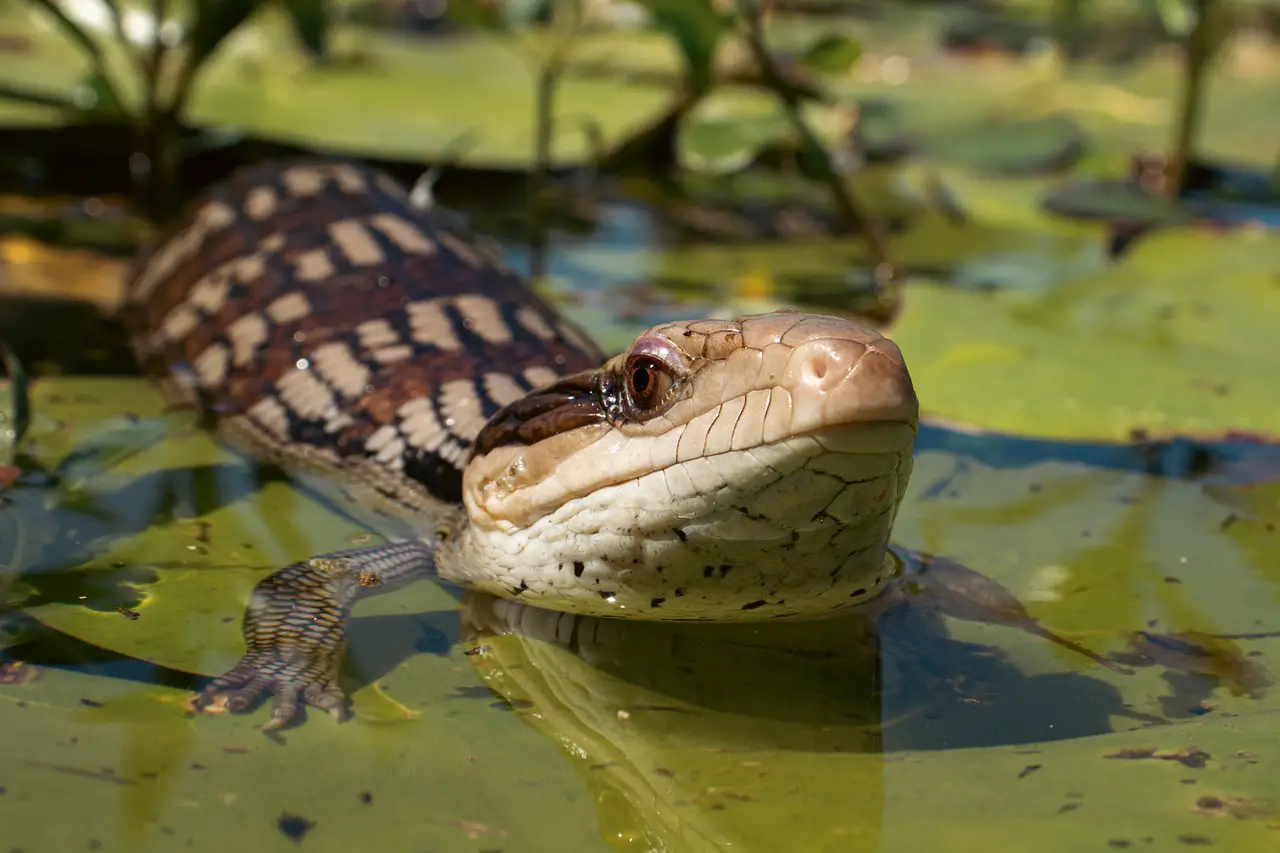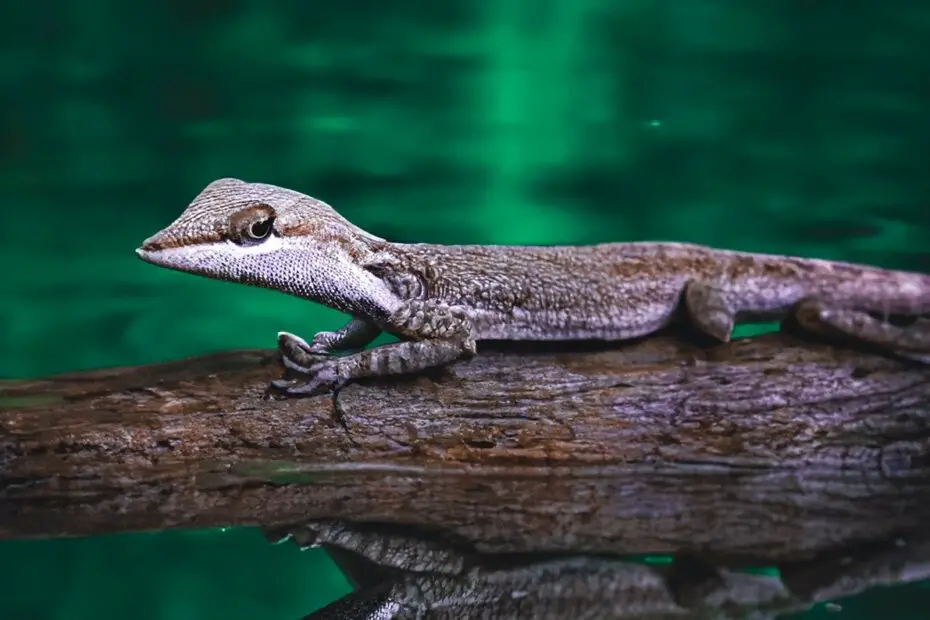Reptiles, with their ancient lineage and diverse adaptations, have fascinated humans for centuries. From the towering Komodo dragon to the graceful sea turtle, these scaly creatures have a unique place in the natural world. Unfortunately, due to habitat loss, illegal trade, and misconceptions, many reptile species find themselves in perilous situations. This is where reptile sanctuaries and rescues step in, playing a vital role in conservation and education.
You may also want to know how fast an alligator runs.
The Growing Need for Reptile Sanctuaries and Rescues
Reptiles, including snakes, turtles, lizards, and crocodilians, often face dire threats. Habitat destruction, driven by human expansion and climate change, disrupts their natural ecosystems. In addition to this, illegal poaching for the pet trade, traditional medicine, and the exotic leather industry further endanger reptiles. Moreover, misconceptions and fear of reptiles lead to unnecessary killings and the destruction of their habitats.

As the human population continues to grow, the need for land and resources intensifies. This puts added pressure on reptile habitats, resulting in more animals being displaced or injured. In such a challenging scenario, reptile sanctuaries and rescues become essential sanctuaries for these animals.
What Are Reptile Sanctuaries and Rescues?
Reptile sanctuaries and rescues are specialized organizations dedicated to the rescue, rehabilitation, and care of reptiles in need. These facilities serve several critical purposes:
- Rescue and Rehabilitation: Reptile sanctuaries and rescues often take in reptiles that have been injured, abused, or abandoned. They provide these animals with medical attention, nutrition, and a safe place to recover. This plays a pivotal role in saving individual lives and ensuring that they can eventually be returned to the wild if possible.
- Conservation: Many reptile sanctuaries and rescues are involved in breeding programs for endangered species. By breeding captive populations, they help ensure the survival of these species and provide a potential source for reintroduction into their natural habitats.
- Education: Education is a crucial component of reptile sanctuaries and rescues. They offer opportunities for the public to learn about these often-misunderstood animals. Through guided tours, workshops, and outreach programs, they dispel myths, teach about conservation, and foster a greater appreciation for reptiles.
- Advocacy and Research: Many of these organizations are actively involved in research to better understand reptile behavior, biology, and health. They also advocate for the protection of reptile habitats and the enforcement of wildlife protection laws.

The Challenges Faced by Reptile Sanctuaries and Rescues
Running a reptile sanctuary or rescue is not without its challenges. These organizations often operate on limited budgets and rely heavily on volunteers and donations. The care of reptiles, especially larger species, can be expensive and resource-intensive.
Furthermore, public perception can be a hurdle. Reptiles, particularly snakes, often elicit fear and misunderstanding. Overcoming these misconceptions and encouraging people to appreciate these animals is an ongoing effort.
Legal issues also come into play. Many reptile species are protected by national and international laws due to their vulnerable status. Navigating these regulations while providing the best care for the animals can be complex.
Success Stories: Contributions to Reptile Conservation
Several reptile sanctuaries and rescues have made significant contributions to reptile conservation. For instance:
1. The Turtle Survival Center: This sanctuary focuses on the conservation of endangered freshwater turtles and tortoises. They house over 30 species and are actively involved in breeding programs to bolster dwindling wild populations.
2. The Orianne Society: Specializing in reptile and amphibian conservation, this organization conducts field research, habitat restoration, and education programs. They are dedicated to the protection of threatened and endangered species across the United States.
3. The Crocodile Research Coalition: Focusing on the conservation of crocodilian species in Central America, this organization conducts research and educational outreach. They work closely with local communities to promote coexistence with these apex predators.
How You Can Support Reptile Sanctuaries and Rescues
- Donate: Reptile sanctuaries and rescues rely heavily on donations to cover the costs of food, medical care, and habitat maintenance. Even small contributions can make a big difference.
- Volunteer: If you have a passion for reptiles and a willingness to learn, consider volunteering your time. Many organizations offer volunteer opportunities for various skill levels.
- Adopt, Don’t Shop: If you are considering a pet reptile, consider adopting from a rescue organization rather than buying from a pet store. This helps reduce demand for wild-caught reptiles and supports the rescue and rehabilitation efforts.
- Educate Yourself and Others: Take the time to learn about reptiles and share your knowledge with others. Dispelling myths and promoting understanding can go a long way in changing public perceptions.
- Advocate for Conservation: Support policies and initiatives that protect reptile habitats and wildlife. Encourage responsible land use and habitat preservation in your community.
Conclusion
Reptile sanctuaries and rescues are unsung heroes in the realm of conservation. They provide a lifeline for reptiles in need, promote education and awareness, and contribute to vital research and breeding programs. By supporting these organizations, we can help ensure a brighter future for these fascinating and often misunderstood creatures. Reptile sanctuaries and rescues are not just shelters for scales; they are guardians of forgotten scales, working tirelessly to protect and preserve the diversity of the reptile world.
